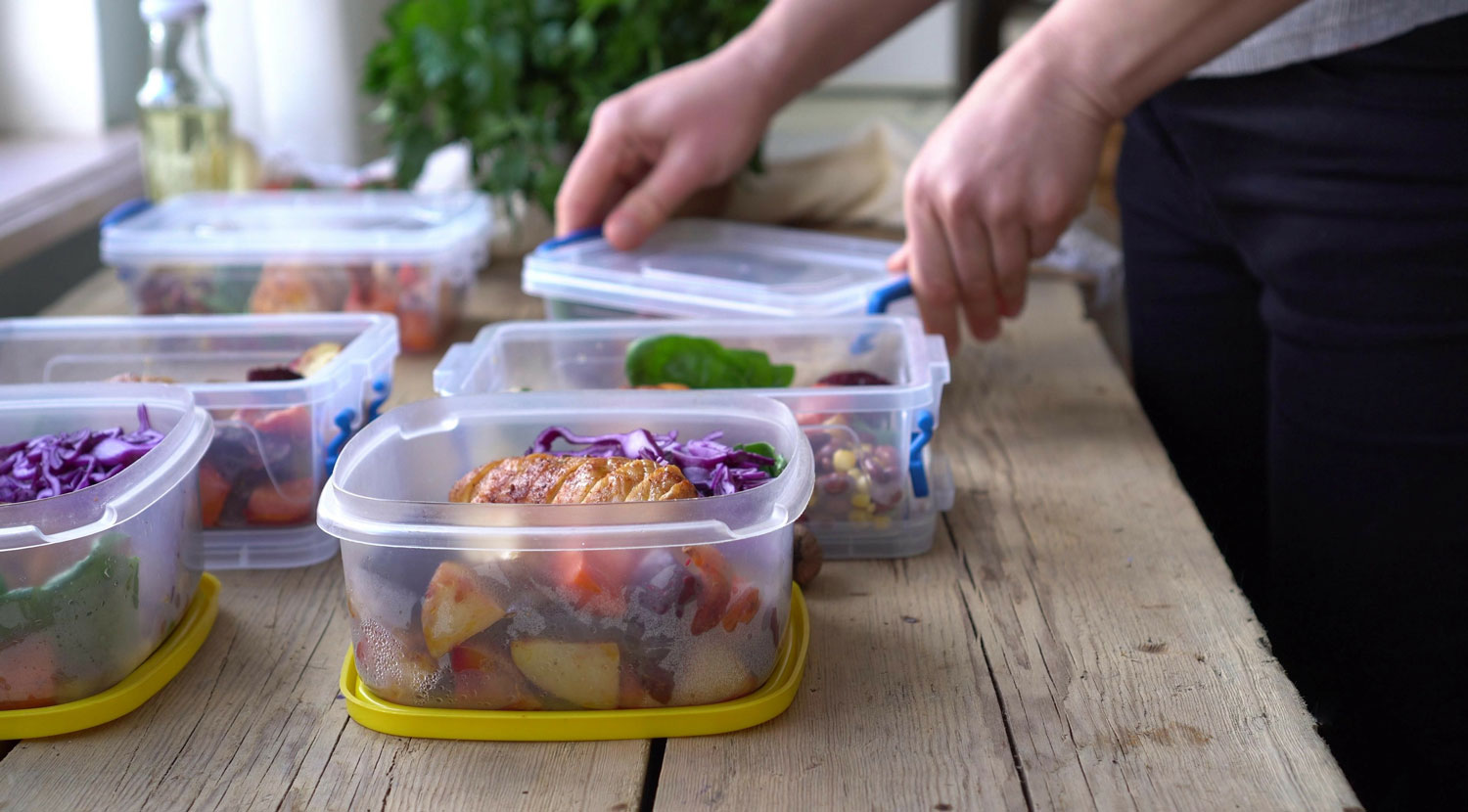

Articles
How To Store Meal Prep
Modified: January 23, 2024
Discover the best articles on how to store your meal prep for maximum freshness and convenience. Learn expert tips and tricks to keep your food delicious and nutritious.
(Many of the links in this article redirect to a specific reviewed product. Your purchase of these products through affiliate links helps to generate commission for Storables.com, at no extra cost. Learn more)
Introduction
Welcome to the world of meal prepping! Whether you are a busy professional, a student, or simply someone looking to maintain a healthy lifestyle, meal prep can be a game changer. By preparing your meals in advance, you save time, money, and ensure that you have nutritious and delicious food readily available. But proper meal prep doesn’t end with cooking and portioning out your meals – it also involves storing them correctly to maintain their freshness, flavor, and safety.
In this article, we will explore the importance of proper meal prep storage and uncover common mistakes that people make in this crucial step. We will also provide you with valuable tips and guidelines for storing your meal preps effectively. So, whether you are a seasoned meal prepper or just starting out on this journey, read on to discover the secrets of meal prep storage!
Key Takeaways:
- Proper meal prep storage is crucial for maintaining freshness, flavor, and safety. Invest in airtight containers, practice portion control, and follow specific guidelines for different types of meal preps to maximize the benefits of meal prepping.
- Avoid common mistakes like improper container usage and not labeling meal preps. Utilize temperature control, practice rotation, and follow expert tips to ensure your meal preps remain fresh, flavorful, and safe to consume.
Read more: How To Make Freezer Meals
Why Is Proper Meal Prep Storage Important?
Proper meal prep storage is not just about maintaining the quality of your food, but it also plays a significant role in ensuring food safety. When prepared meals are not stored correctly, they can become a breeding ground for harmful bacteria, leading to foodborne illnesses. Additionally, improper storage can result in spoilage, loss of flavor, and wasted efforts and resources.
Here are a few key reasons why proper meal prep storage is important:
1. Freshness: Storing your meal preps properly helps to preserve the freshness of the ingredients used. This means that the flavors and textures of your meals will be retained, making them more enjoyable to eat.
2. Nutritional Value: Proper storage prevents the degradation of nutrients in your meal preps. Exposure to air, light, and heat can lead to nutrient loss, so it’s essential to store your meals in a way that minimizes these factors.
3. Food Safety: By storing your meal preps correctly, you reduce the risk of bacterial contamination and food spoilage. Proper storage methods, such as keeping food at the right temperature and storing it in airtight containers, help prevent the growth of harmful bacteria and extend the shelf life of your meals.
4. Time and Cost Savings: When you store your meal preps properly, you can extend their shelf life, allowing you to enjoy them for longer. This can save you time and money by reducing the frequency of cooking and grocery shopping.
5. Convenience: Proper storage ensures that your meal preps are easily accessible and ready to eat when you need them. This removes the stress and hassle of meal planning and preparation during busy days or hectic schedules.
6. Reduced Food Waste: Properly stored meal preps are less likely to spoil, resulting in less food waste. This not only benefits the environment but also saves you money by avoiding the need to discard unused portions.
By understanding the importance of proper meal prep storage, you can maximize the benefits of your meal prepping efforts and enjoy delicious and nutritious meals throughout the week. Let’s now explore some common mistakes to avoid when storing your meal preps!
Common Mistakes in Storing Meal Prep
While meal prepping is a great way to stay organized and on track with your nutrition goals, some common mistakes can compromise the quality and safety of your prepped meals. To ensure that your efforts are not in vain, let’s take a look at some of the most common mistakes to avoid when storing your meal prep:
1. Not using proper storage containers: Using the wrong containers can lead to moisture build-up, resulting in soggy or spoiled food. Invest in high-quality, airtight containers that are specifically designed for meal prepping. These containers will help keep your meals fresh and prevent cross-contamination.
2. Ignoring portion sizes: Proper portion control is crucial for maintaining a healthy diet. Be mindful of portion sizes when storing your meal prep to avoid overeating or under-eating. Use divided containers or measuring cups to ensure accurate portioning.
3. Leaving food at room temperature for too long: Leaving your meal preps at room temperature for extended periods can promote bacterial growth and spoilage. Perishable foods should not be left at room temperature for more than two hours. After cooking, cool your meals quickly and refrigerate them promptly.
4. Storing hot food directly in the refrigerator: Placing hot food directly in the refrigerator can raise its internal temperature, impacting the overall freshness and safety of other stored items. Allow your meal preps to cool down to room temperature before transferring them to the refrigerator.
5. Not labeling your meal preps: Labeling your meal preps with the date and contents is essential for keeping track of freshness and preventing confusion. This will help you identify and consume the oldest meals first and avoid consuming expired or spoiled food.
6. Freezing meals without proper packaging: When freezing meal preps, it is important to use freezer-safe containers or bags to prevent freezer burn and maintain the quality of the food. Remove excess air from the packaging to minimize moisture and prevent freezer burn.
7. Not rotating your meal preps: To ensure that your meal preps stay fresh and are consumed before they expire, practice a “first in, first out” approach. Place newer meal preps behind older ones so that the older meals are used first.
By avoiding these common mistakes, you can ensure that your meal preps remain fresh, flavorful, and safe to consume. Now, let’s dive into some valuable tips for properly storing your meal preps to make the most out of your meal prep journey!
Store meal prep in airtight containers to maintain freshness and prevent spoilage. Label containers with the date prepared for easy tracking of freshness.
Tips for Properly Storing Meal Prep
Properly storing your meal prep is the key to maintaining freshness, flavor, and safety. To help you make the most of your prepped meals, here are some expert tips for proper meal prep storage:
1. Use airtight containers: Invest in high-quality, airtight containers that are specifically designed for meal prepping. These containers will keep your food fresh and prevent air and moisture from entering, helping to extend the shelf life of your meals.
2. Divide large batches: If you prepare large batches of a meal, divide it into individual portions before storing. This not only promotes portion control but also allows you to take out only what you need, while keeping the rest sealed and fresh.
3. Label and date your containers: Label each container with the name of the meal and the date it was prepared. This will help you keep track of the freshness and easily identify meals in your refrigerator or freezer.
4. Utilize proper temperature control: Keep perishable meal preps in the refrigerator at a temperature below 40°F (4°C) to prevent bacterial growth. Use a refrigerator thermometer to ensure accuracy and consistency.
5. Cool down hot foods quickly: After cooking, cool down hot meal preps quickly to prevent bacterial growth. Place the containers in an ice bath or use a shallow, wide container for faster cooling before transferring them to the refrigerator.
6. Keep raw and cooked foods separate: To prevent cross-contamination, keep raw and cooked foods separate in the refrigerator. Use separate containers and ensure there is no contact between raw meats and other ingredients.
7. Freeze meals for longer storage: If you want to store your meal preps for an extended period, consider freezing them. Use freezer-safe containers or bags, and remove excess air to prevent freezer burn. Date and label frozen meals for easy identification.
8. Plan your weekly meals: Have a meal plan for the week and portion out your meal prep accordingly. This will help you avoid overcrowding the refrigerator and ensure that the meals are consumed before they expire.
9. Consider the order of consumption: Arrange your meal preps in the refrigerator based on the order of consumption. Place the meals that need to be consumed first within easy reach, so they are not forgotten or overlooked.
10. Reheat properly: When reheating your meal preps, ensure they are heated to a safe internal temperature of 165°F (74°C) to kill any potential bacteria. Use a food thermometer for accuracy.
By following these tips, you can maintain the quality, safety, and enjoyment of your meal preps. Now let’s take a look at some specific guidelines for storing different types of meal preps.
Storing Different Types of Meal Prep
Properly storing different types of meal preps requires different approaches to ensure optimal freshness and quality. Here are some guidelines for storing various types of meal preps:
1. Protein-based Meals: If your meal prep includes protein such as chicken, beef, or fish, it is important to store them in airtight containers in the refrigerator. Make sure the protein is cooked thoroughly, and keep it separate from other ingredients to avoid cross-contamination. Consume within 3-4 days or freeze for longer storage.
2. Vegetable-based Meals: Vegetables can lose their crispness if stored in the same container as sauces or dressings. To maintain their freshness, store them separately in airtight containers or Ziploc bags. Leafy greens should be washed and dried thoroughly before storing to prevent excess moisture.
3. Grains and Pasta Dishes: Grains and pasta can become mushy if stored with moist ingredients. Store them separately in airtight containers and combine them with the other components when you’re ready to eat. Consider undercooking the grains or pasta slightly if you plan to reheat them later.
4. Soups and Stews: Allow soups and stews to cool down before transferring them to airtight containers. Divide them into individual portions for easy reheating. If you’re planning to freeze them, leave some headspace in the container to allow for expansion.
5. Salads: When prepping salads, keep the dressing separate in small containers or dressing cups. Place the ingredients, including greens, protein, and toppings, in separate compartments of a bento-style container or assemble the salad just before eating to prevent sogginess.
6. Smoothies: Smoothies are best consumed fresh but can be prepped ahead of time. Store them in airtight containers or mason jars in the refrigerator if you plan to consume them within a day. For longer storage, freeze them in ice cube trays and transfer the frozen cubes to a freezer-safe bag.
7. Snacks and Side Dishes: Store snacks and side dishes, such as cut fruits, veggies, or energy balls, in airtight containers or snack-sized bags. Keep them separate from other meal components to maintain their texture and prevent cross-contamination.
8. Baked Goods: Allow baked goods to cool completely before storing them in airtight containers or Ziploc bags. If they need to be refrigerated, let them come to room temperature before consuming to restore their texture.
Remember to always use your discretion and follow specific instructions for storing different meal preps. When in doubt, prioritize food safety by consuming perishable items within a safe timeframe or freezing them for longer storage. Enjoy your delicious and convenient meals while staying healthy!
Read more: How To Store Hello Fresh Meals
Conclusion
Properly storing your meal preps is essential for maintaining their freshness, flavor, and safety. By following the tips and guidelines outlined in this article, you can optimize the storage of your meal preps and reap the full benefits of your meal prep efforts.
Remember to invest in high-quality, airtight containers that are specifically designed for meal prepping. Use portion control and label and date your containers to keep track of freshness. Make sure to cool down hot foods quickly and store perishable meal preps in the refrigerator at the right temperature.
Avoid common mistakes like not using proper containers, leaving food at room temperature for too long, and not labeling your meal preps. Stay organized and practice proper rotation to ensure that your meals are consumed before they expire.
Furthermore, understanding how to store different types of meal preps is crucial. Whether you’re storing protein-based meals, vegetable-based meals, grains and pasta dishes, soups and stews, salads, smoothies, or snacks and side dishes, following the specific storage guidelines will help maintain the quality of your meal preps.
Proper meal prep storage not only ensures the freshness and flavor of your meals but also contributes to food safety, time and cost savings, and reduced food waste. By storing your meal preps correctly, you can have convenient and nutritious meals ready whenever you need them, leading to a healthier lifestyle.
So, the next time you embark on your meal prep journey, pay close attention to how you store your prepped meals. With the right storage techniques, you can enjoy delicious, healthy, and hassle-free meals throughout the week. Happy meal prepping!
Frequently Asked Questions about How To Store Meal Prep
Was this page helpful?
At Storables.com, we guarantee accurate and reliable information. Our content, validated by Expert Board Contributors, is crafted following stringent Editorial Policies. We're committed to providing you with well-researched, expert-backed insights for all your informational needs.
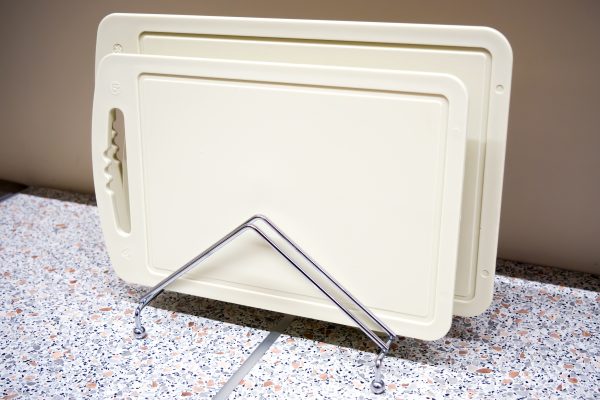
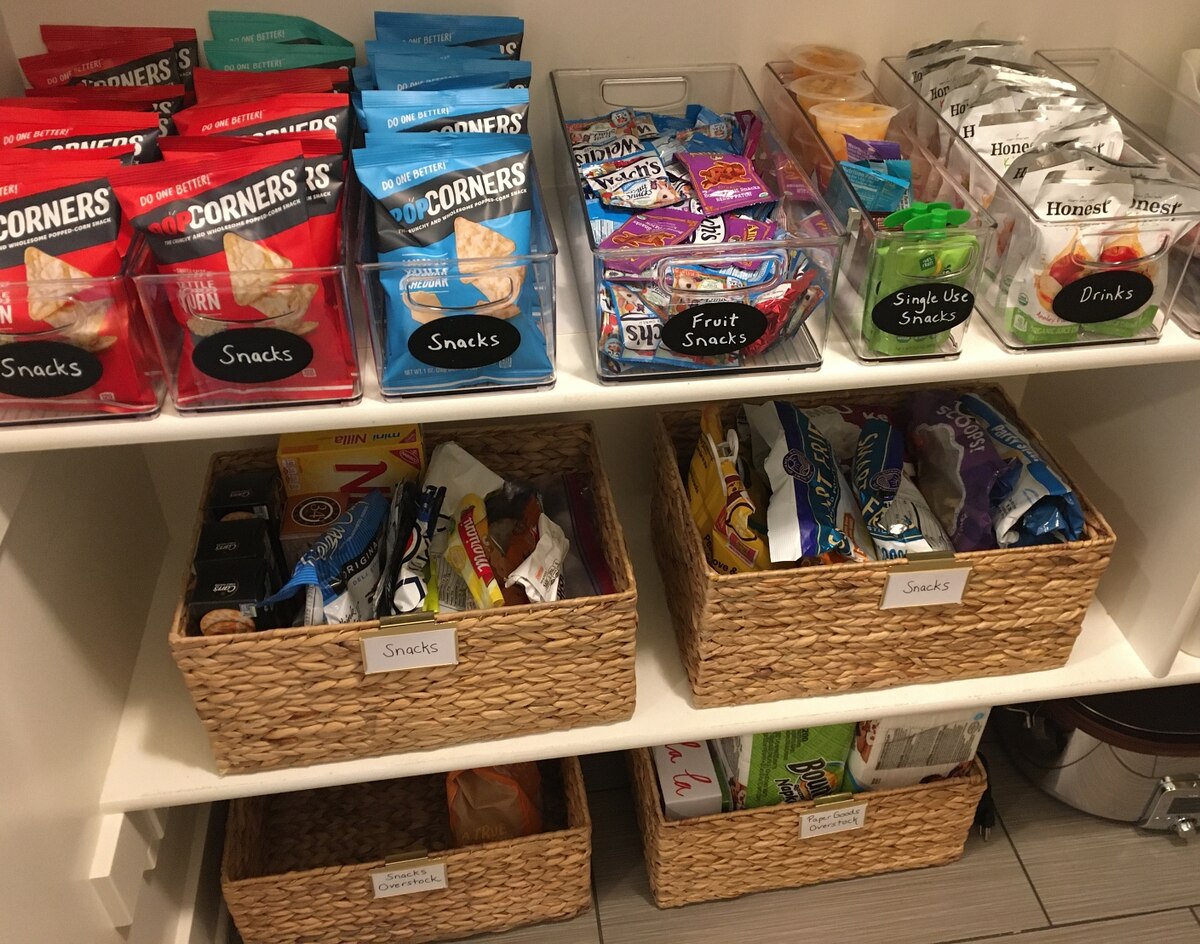
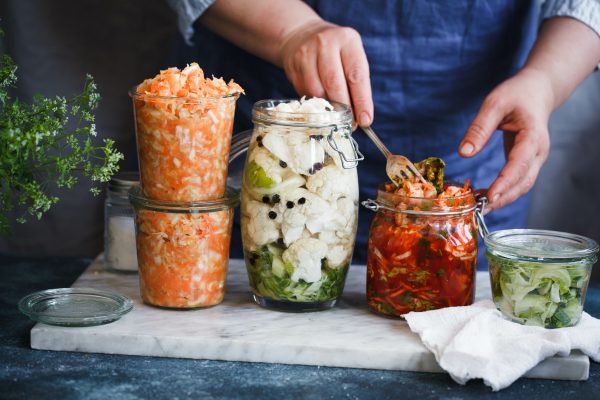
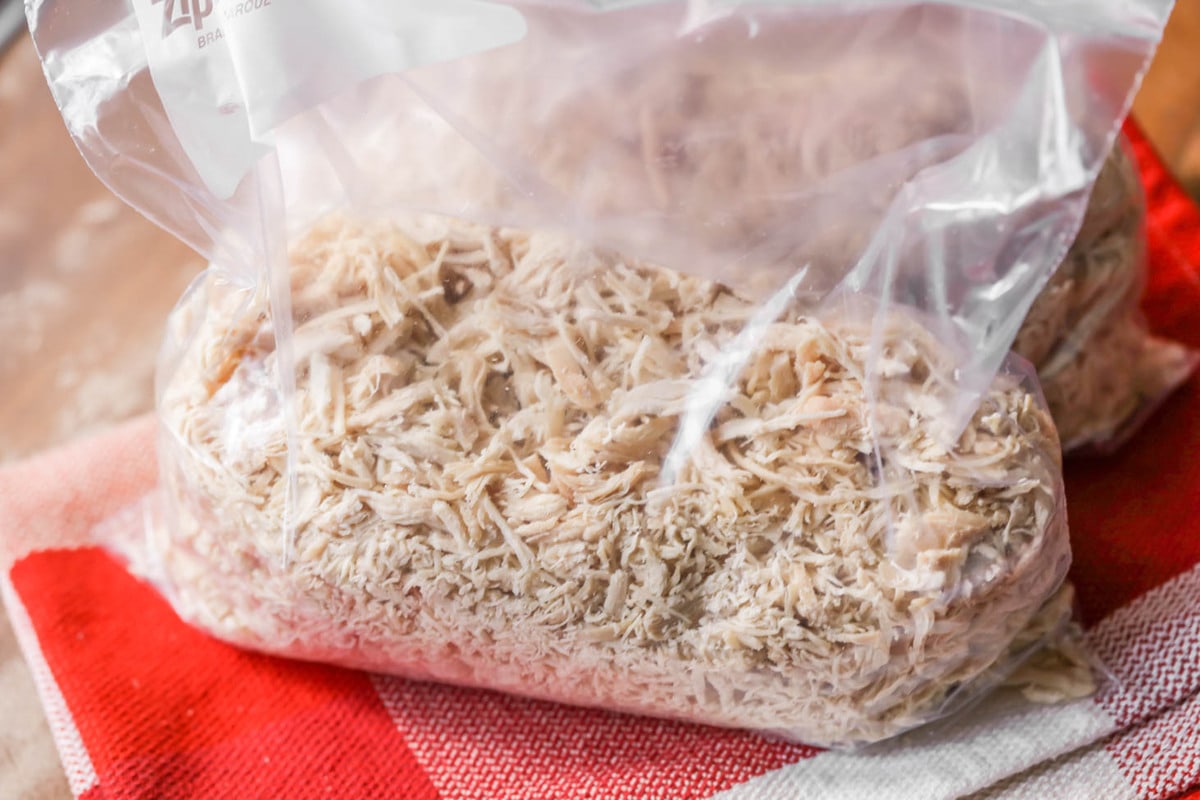
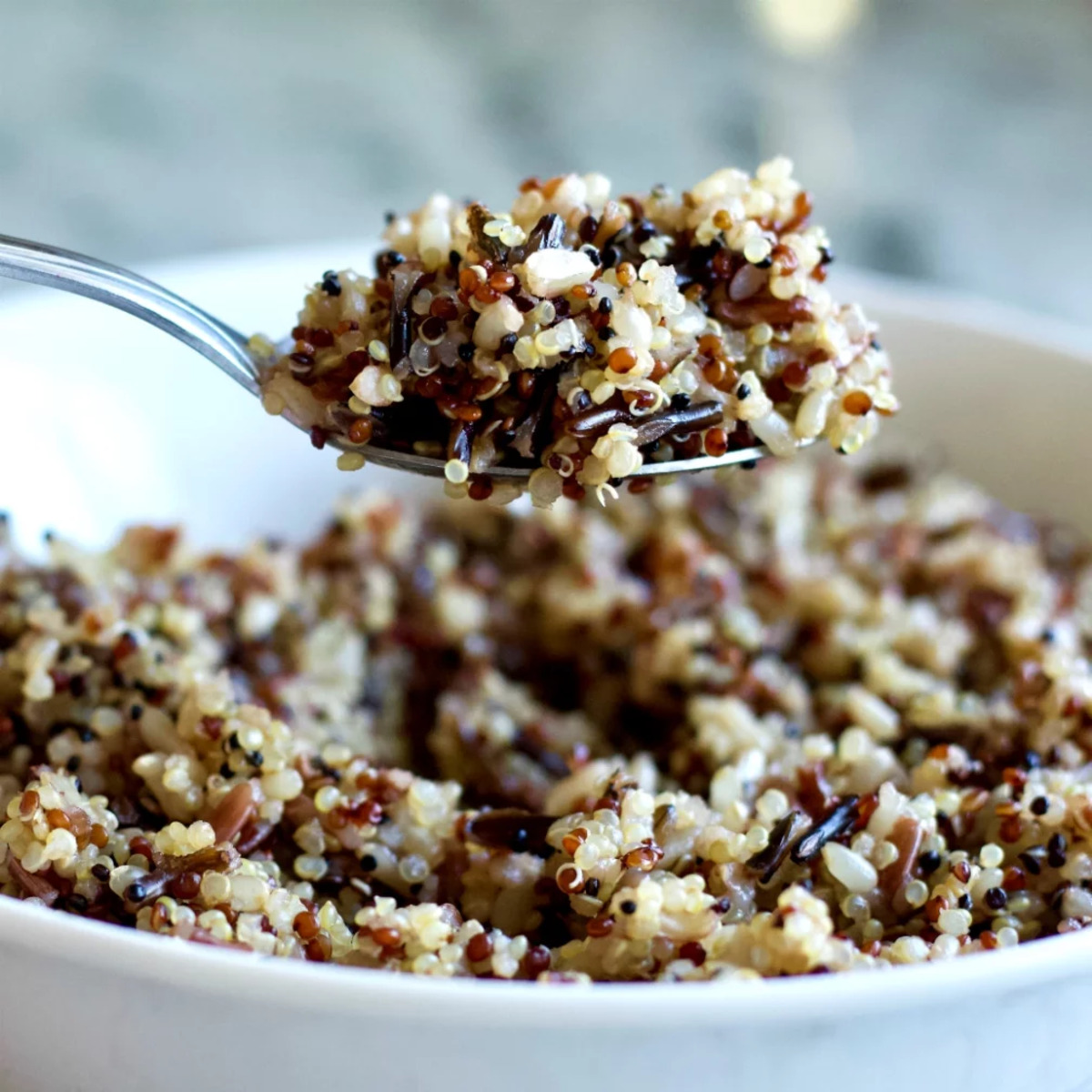
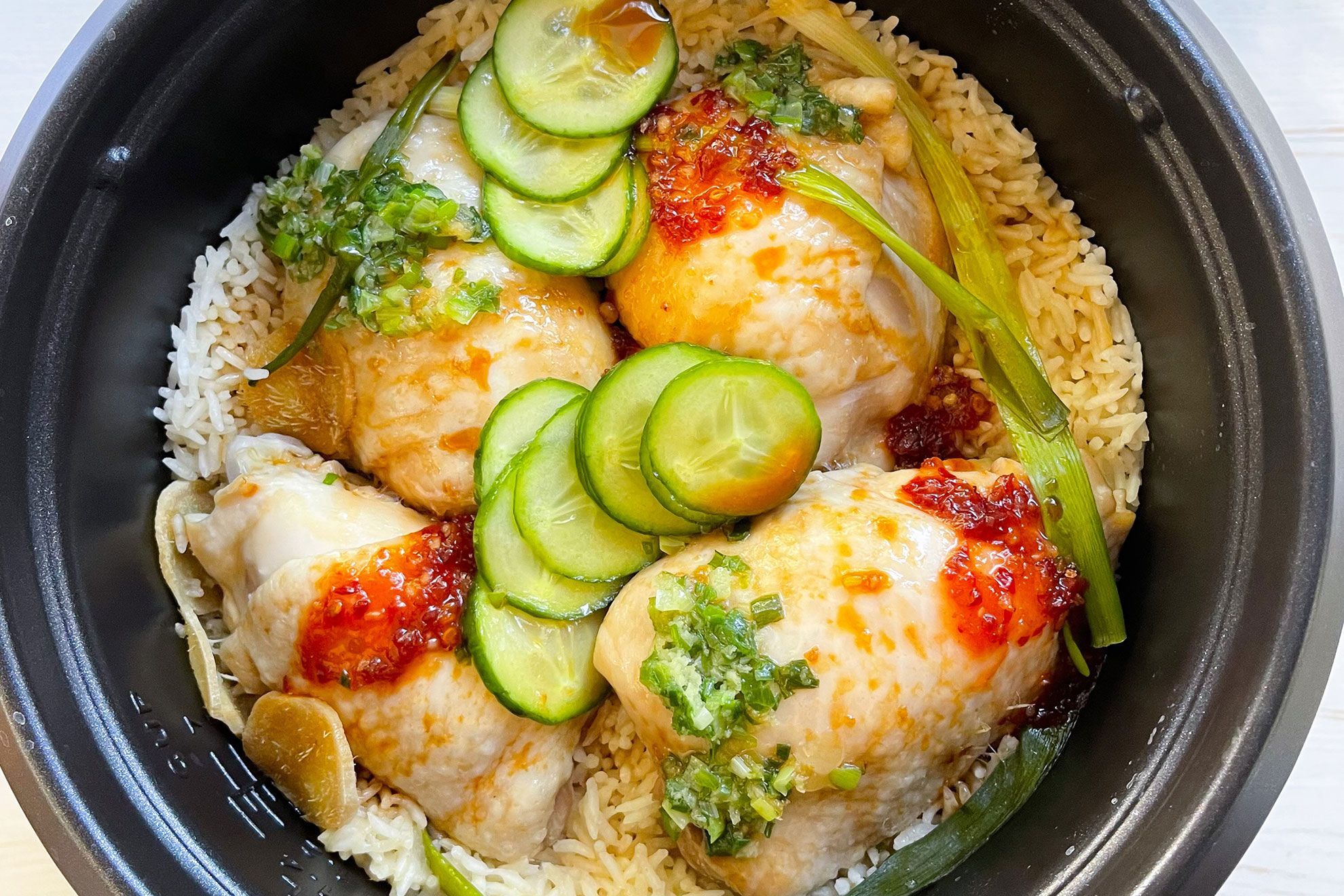
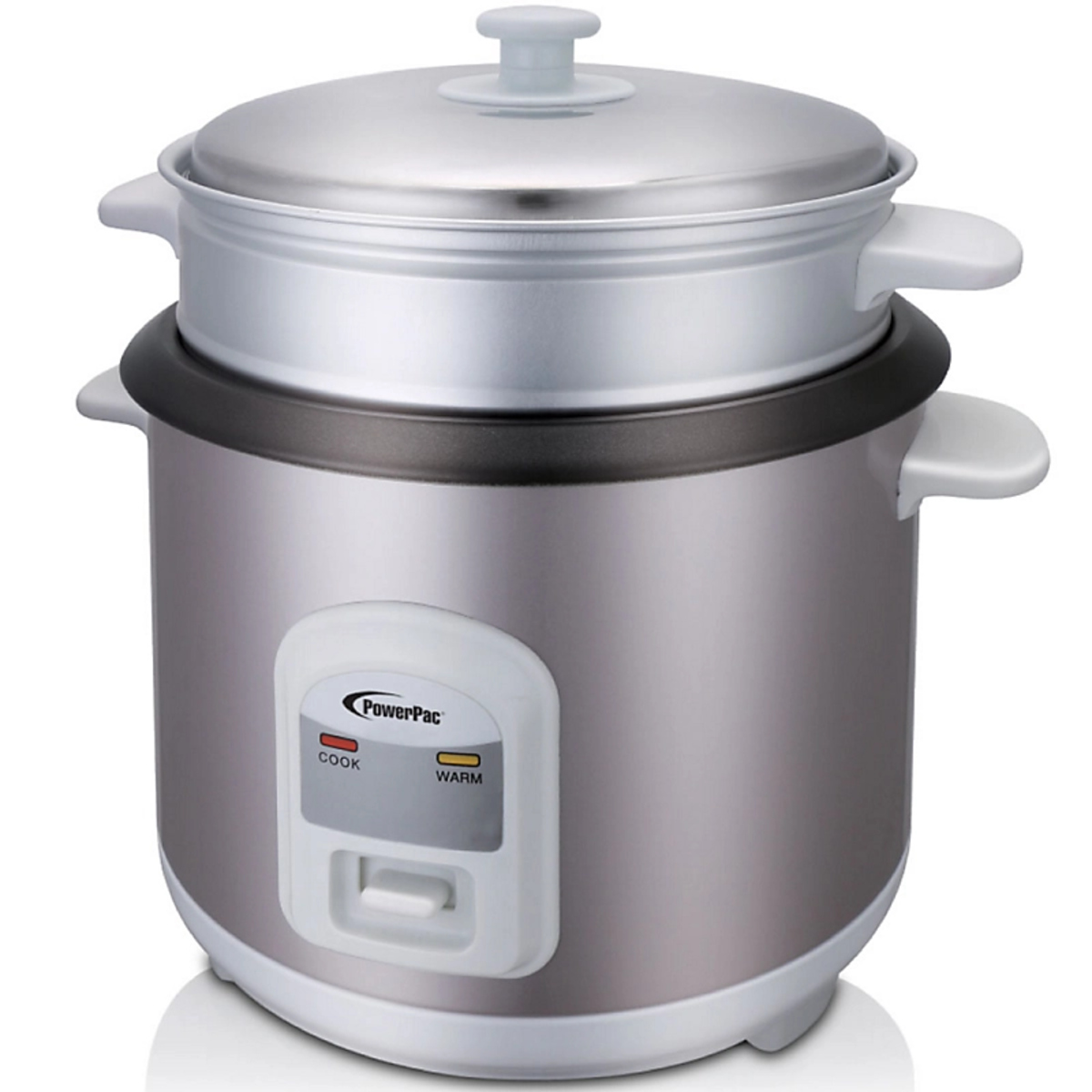
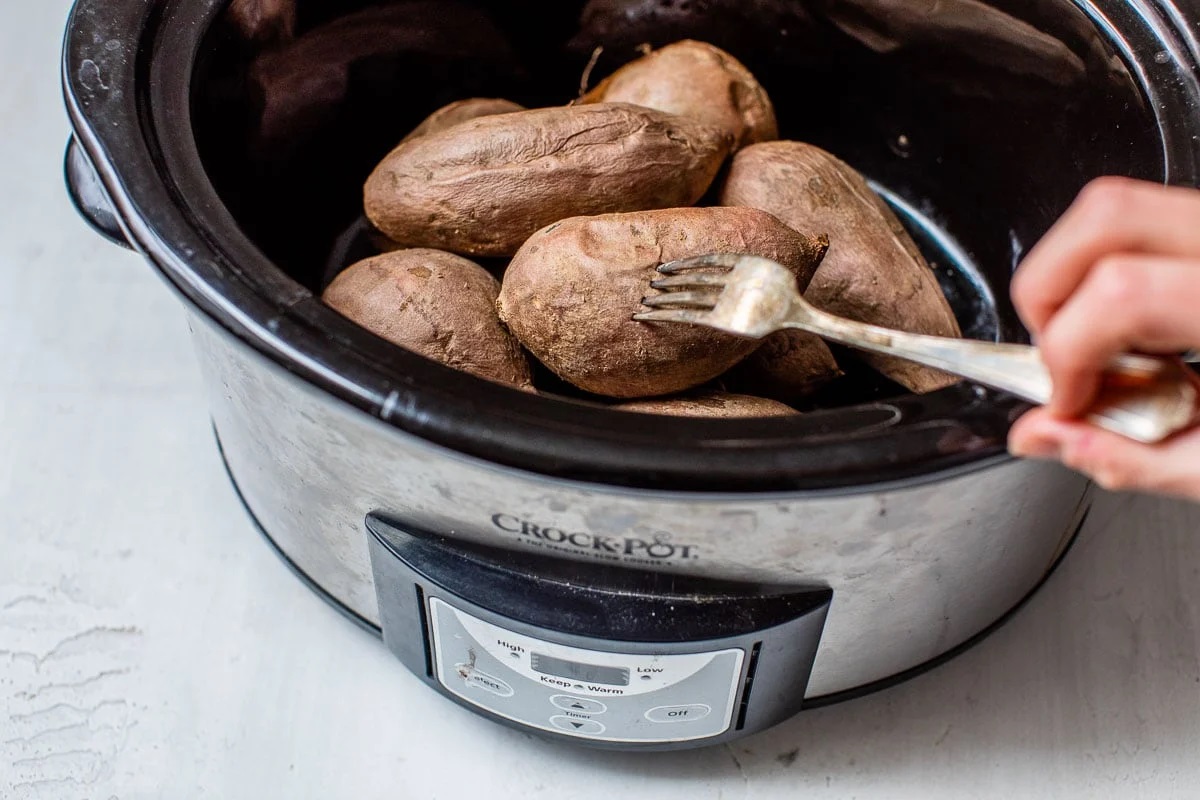
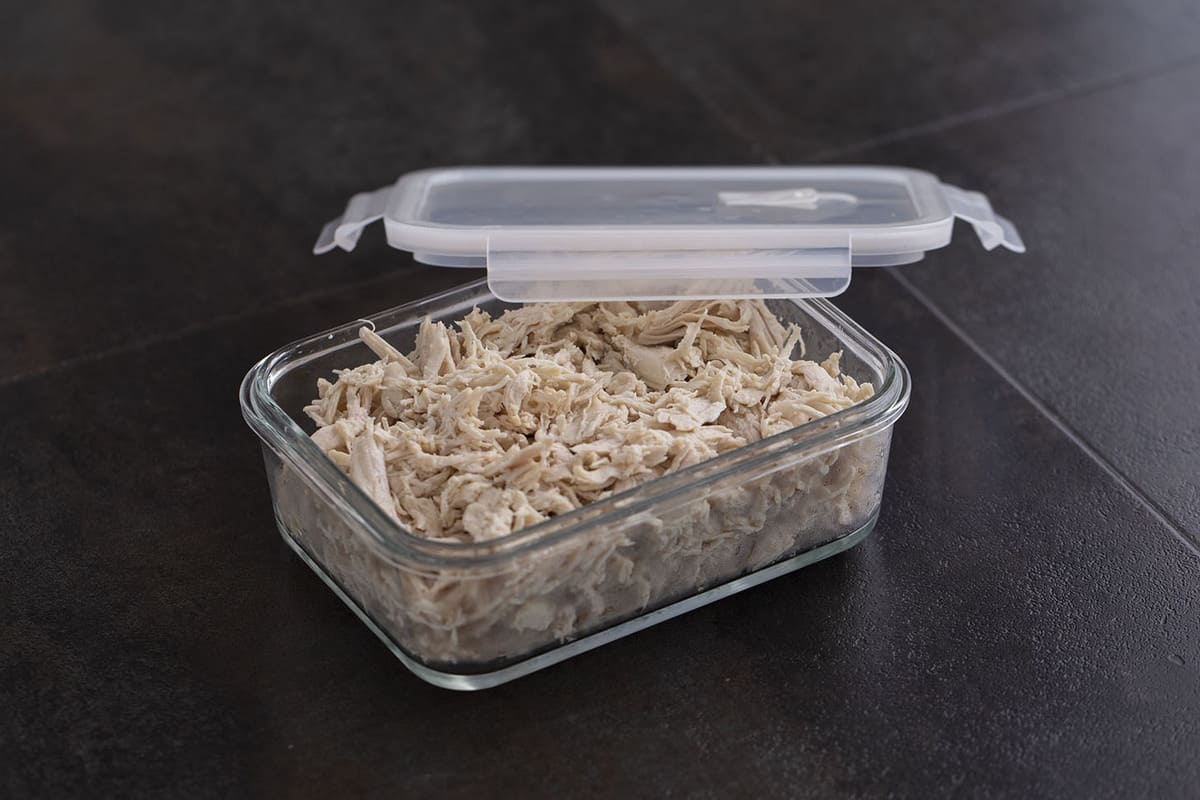

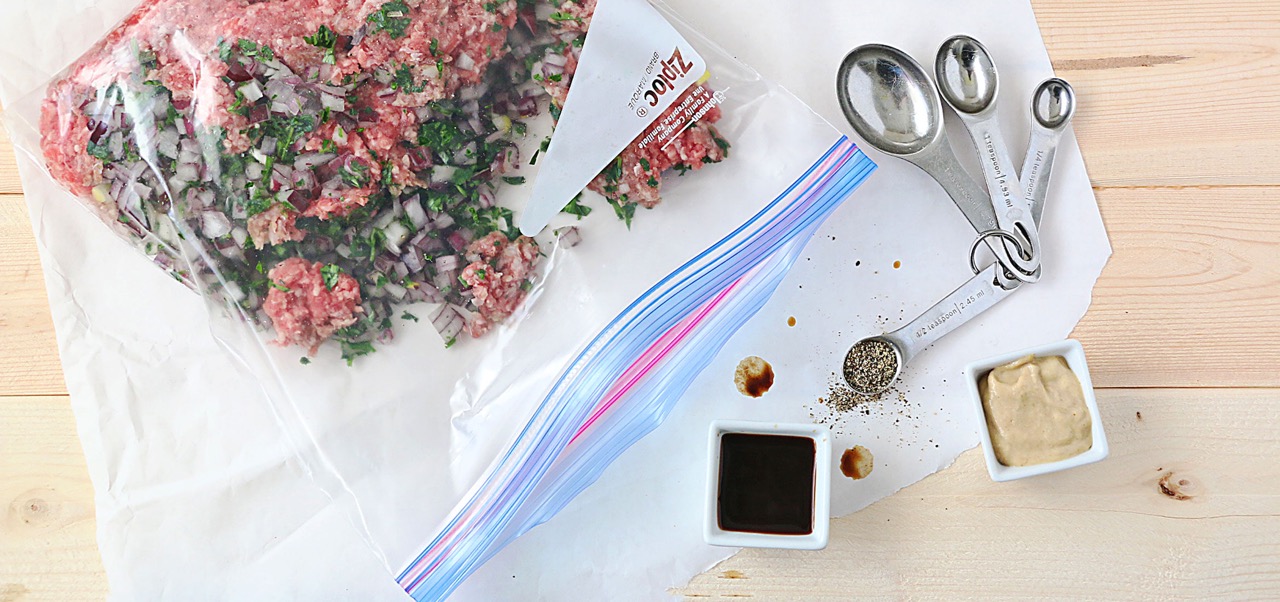
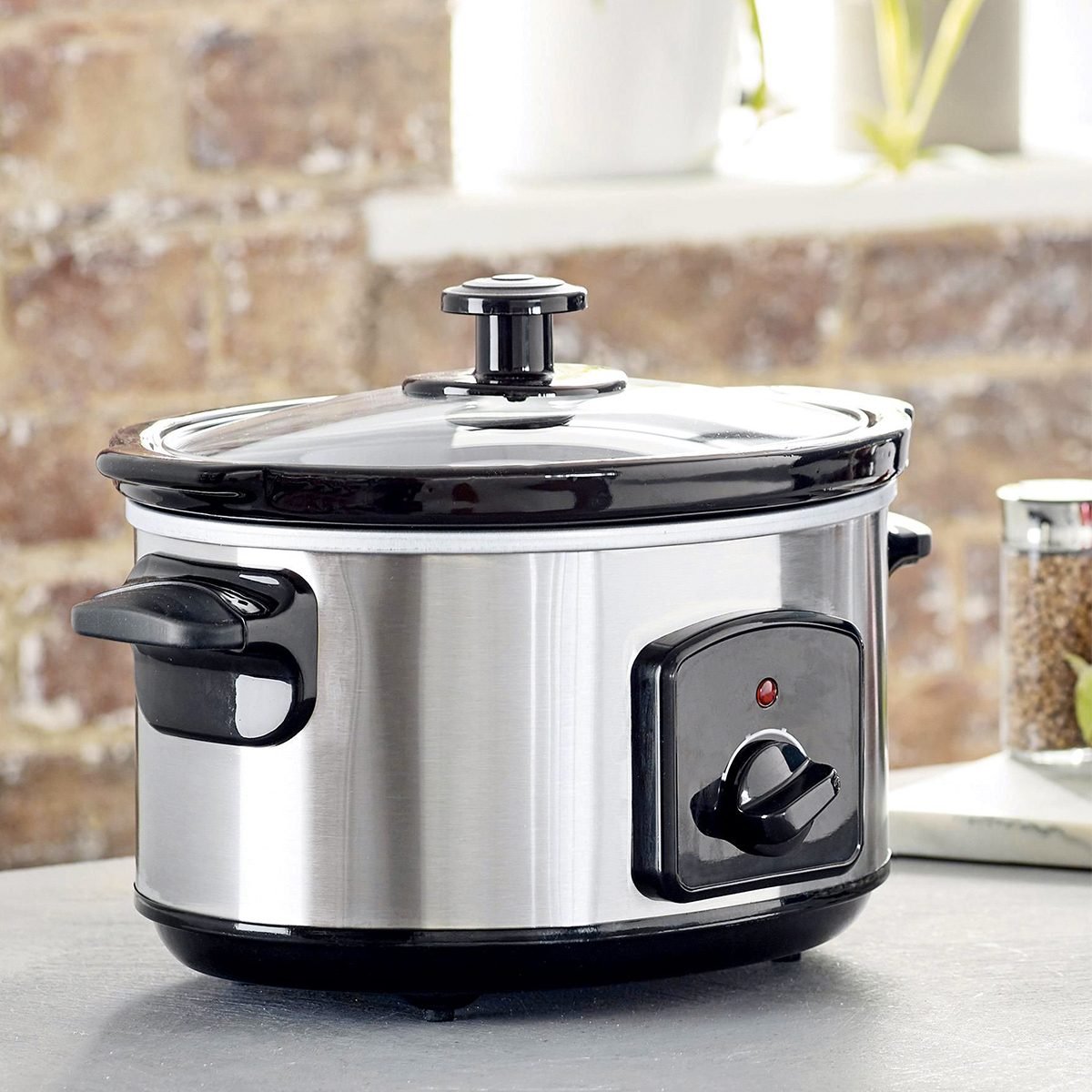
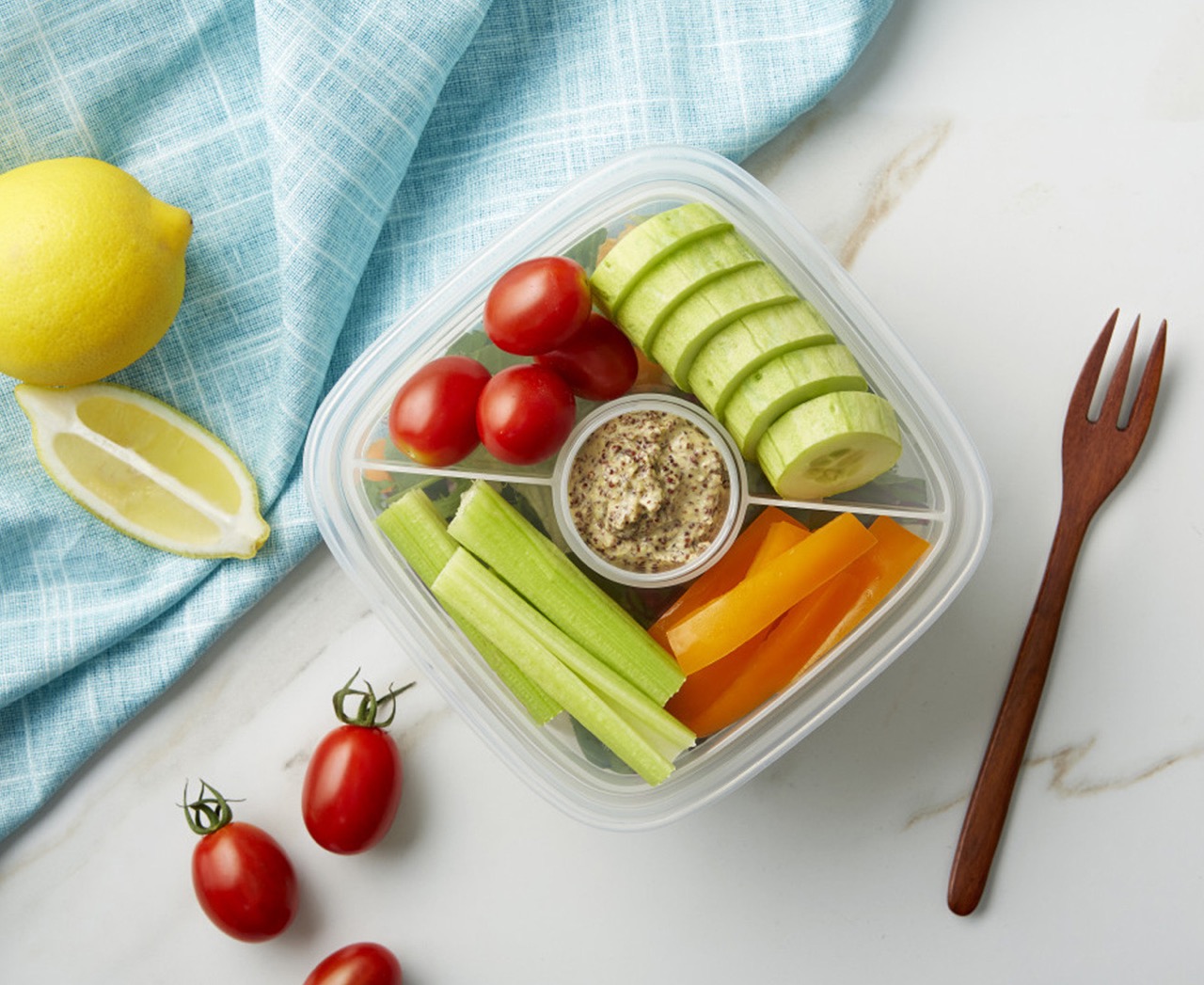
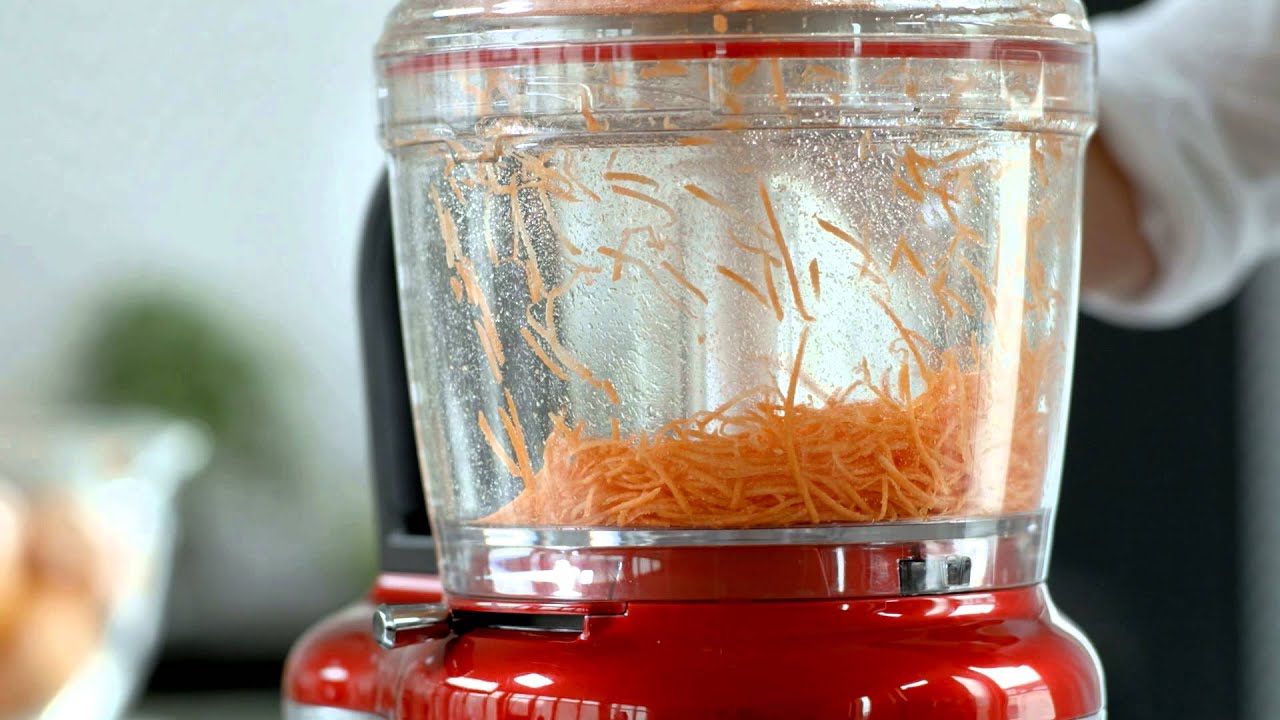

0 thoughts on “How To Store Meal Prep”